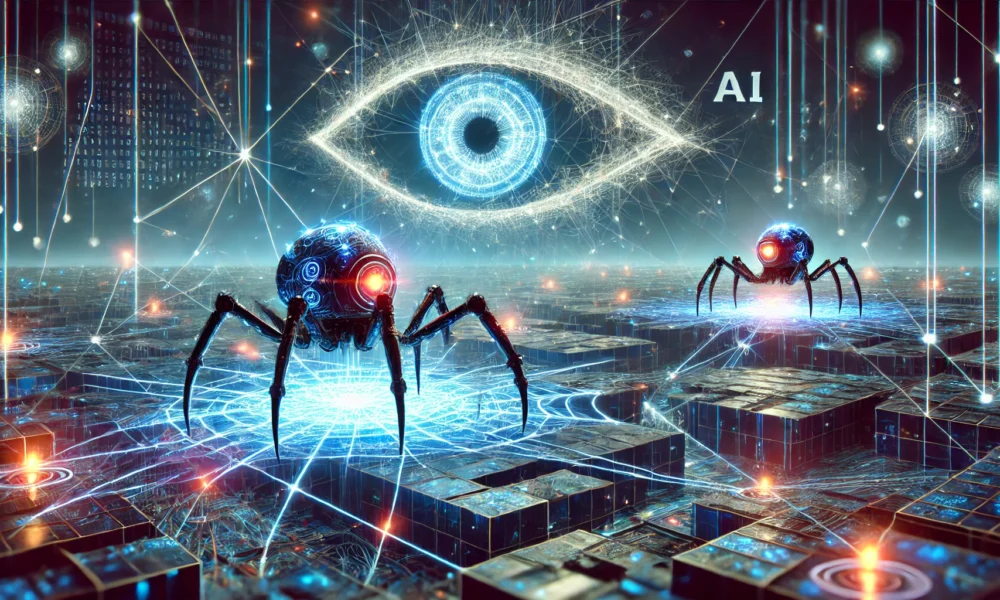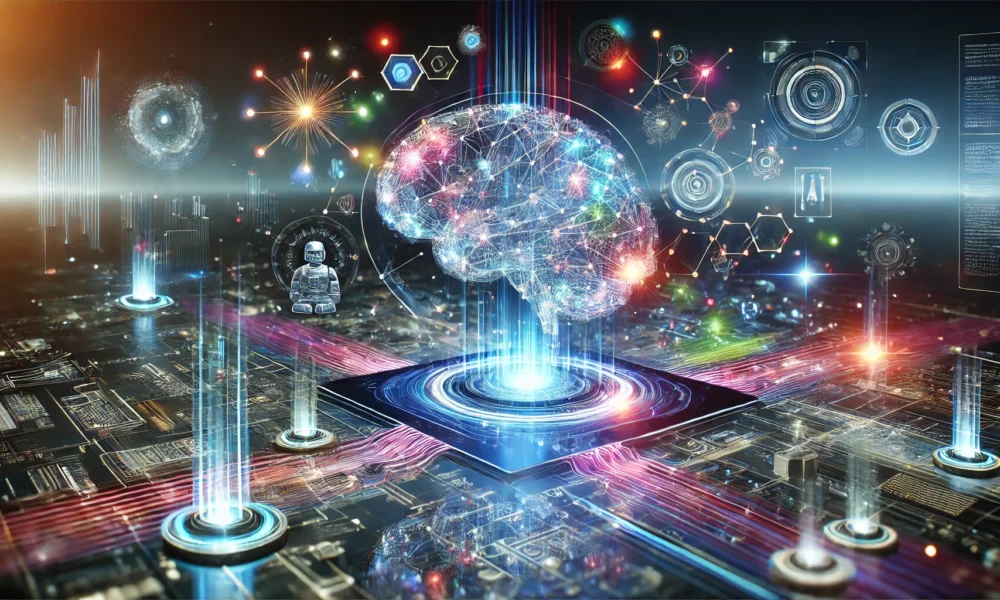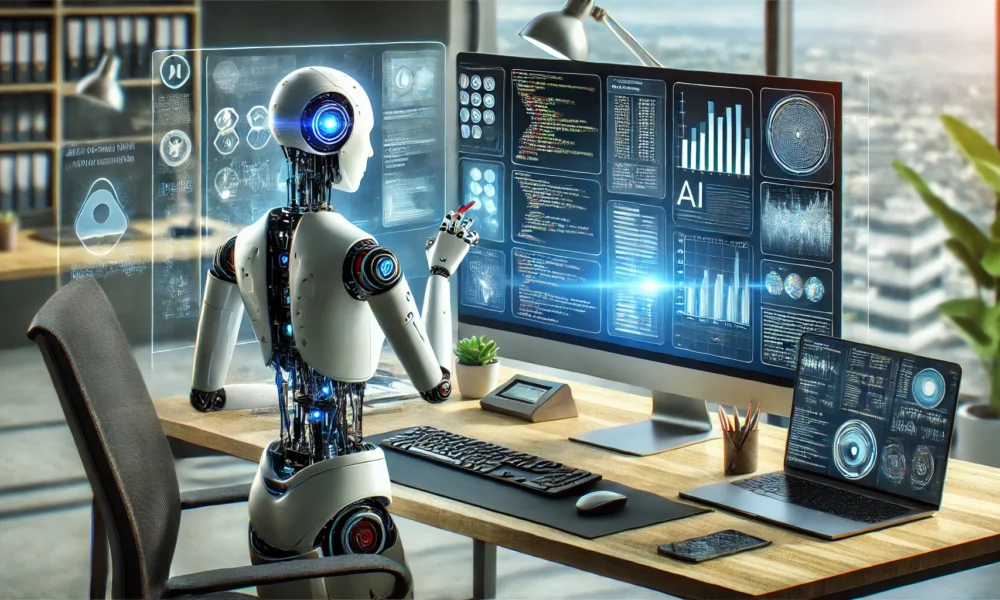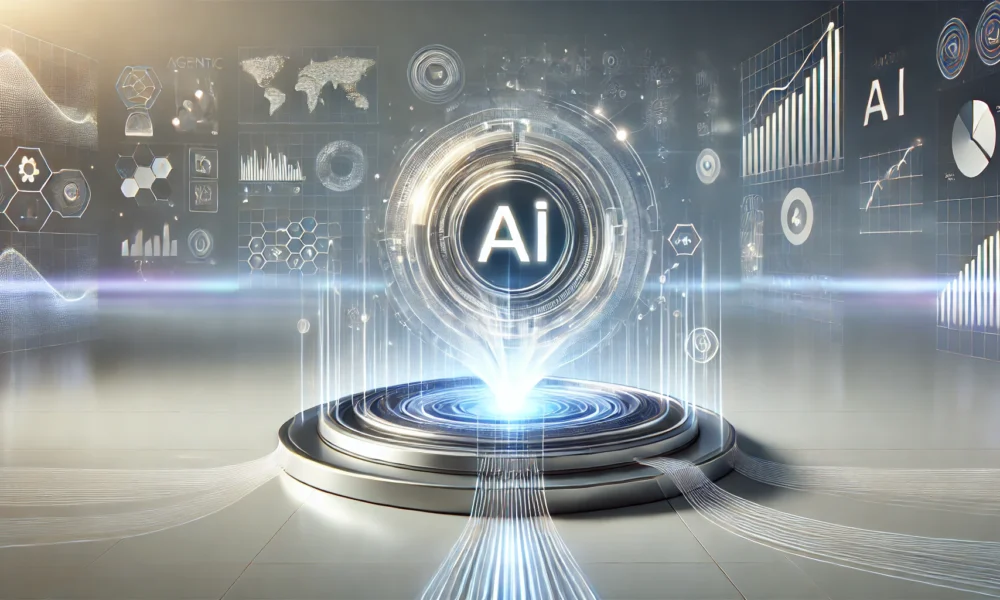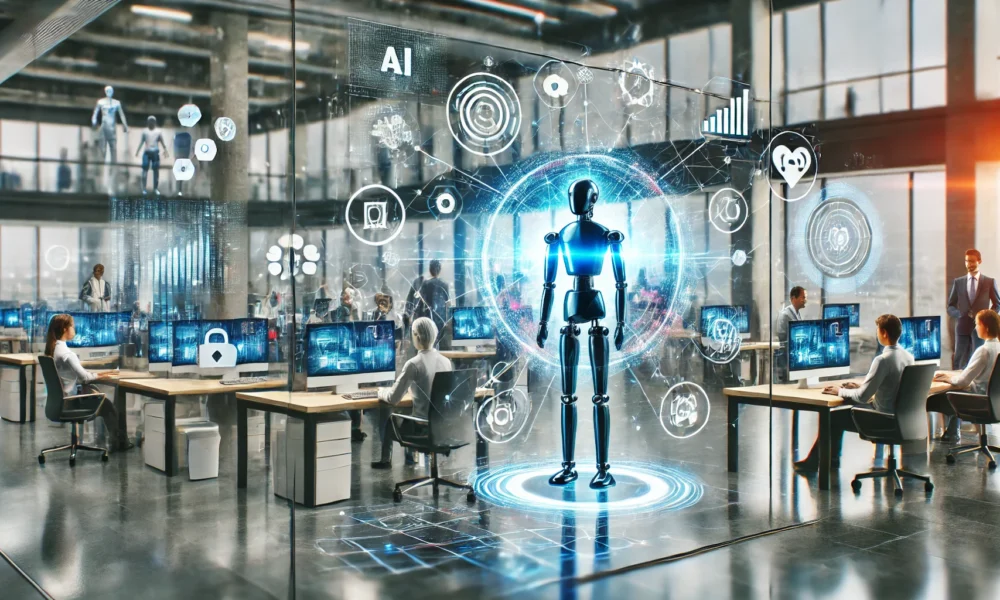Revolutionizing AI: The Rise of Multimodal Iterative LLM Solver (MILS)
For years, Artificial Intelligence (AI) has made impressive developments, but it has always had a fundamental limitation in its inability to process different types of data the way humans do. Most AI models are unimodal, meaning they specialize in just one format like text, images, video, or audio. While adequate for specific tasks, this approach makes AI rigid, preventing it from connecting the dots across multiple data types and truly understanding context.
To solve this, multimodal AI was introduced, allowing models to work with multiple forms of input. However, building these systems is not easy. They require massive, labelled datasets, which are not only hard to find but also expensive and time-consuming to create. In addition, these models usually need task-specific fine-tuning, making them resource-intensive and difficult to scale to new domains.
Meta AI’s Multimodal Iterative LLM Solver (MILS) is a development that changes this. Unlike traditional models that require retraining for every new task, MILS uses zero-shot learning to interpret and process unseen data formats without prior exposure. Instead of relying on pre-existing labels, it refines its outputs in real-time using an iterative scoring system, continuously improving its accuracy without the need for additional training.
The Problem with Traditional Multimodal AI
Multimodal AI, which processes and integrates data from various sources to create a unified model, has immense potential for transforming how AI interacts with the world. Unlike traditional AI, which relies on a single type of data input, multimodal AI can understand and process multiple data types, such as converting images into text, generating captions for videos, or synthesizing speech from text.
However, traditional multimodal AI systems face significant challenges, including complexity, high data requirements, and difficulties in data alignment. These models are typically more complex than unimodal models, requiring substantial computational resources and longer training times. The sheer variety of data involved poses serious challenges for data quality, storage, and redundancy, making such data volumes expensive to store and costly to process.
To operate effectively, multimodal AI requires large amounts of high-quality data from multiple modalities, and inconsistent data quality across modalities can affect the performance of these systems. Moreover, properly aligning meaningful data from various data types, data that represent the same time and space, is complex. The integration of data from different modalities is complex, as each modality has its structure, format, and processing requirements, making effective combinations difficult. Furthermore, high-quality labelled datasets that include multiple modalities are often scarce, and collecting and annotating multimodal data is time-consuming and expensive.
Recognizing these limitations, Meta AI’s MILS leverages zero-shot learning, enabling AI to perform tasks it was never explicitly trained on and generalize knowledge across different contexts. With zero-shot learning, MILS adapts and generates accurate outputs without requiring additional labelled data, taking this concept further by iterating over multiple AI-generated outputs and improving accuracy through an intelligent scoring system.
Why Zero-Shot Learning is a Game-Changer
One of the most significant advancements in AI is zero-shot learning, which allows AI models to perform tasks or recognize objects without prior specific training. Traditional machine learning relies on large, labelled datasets for every new task, meaning models must be explicitly trained on each category they need to recognize. This approach works well when plenty of training data is available, but it becomes a challenge in situations where labelled data is scarce, expensive, or impossible to obtain.
Zero-shot learning changes this by enabling AI to apply existing knowledge to new situations, much like how humans infer meaning from past experiences. Instead of relying solely on labelled examples, zero-shot models use auxiliary information, such as semantic attributes or contextual relationships, to generalize across tasks. This ability enhances scalability, reduces data dependency, and improves adaptability, making AI far more versatile in real-world applications.
For example, if a traditional AI model trained only on text is suddenly asked to describe an image, it would struggle without explicit training on visual data. In contrast, a zero-shot model like MILS can process and interpret the image without needing additional labelled examples. MILS further improves on this concept by iterating over multiple AI-generated outputs and refining its responses using an intelligent scoring system.
How Meta AI’s MILS Enhances Multimodal Understanding
Meta AI’s MILS introduces a smarter way for AI to interpret and refine multimodal data without requiring extensive retraining. It achieves this through an iterative two-step process powered by two key components:
- The Generator: A Large Language Model (LLM), such as LLaMA-3.1-8B, that creates multiple possible interpretations of the input.
- The Scorer: A pre-trained multimodal model, like CLIP, evaluates these interpretations, ranking them based on accuracy and relevance.
This process repeats in a feedback loop, continuously refining outputs until the most precise and contextually accurate response is achieved, all without modifying the model’s core parameters.
What makes MILS unique is its real-time optimization. Traditional AI models rely on fixed pre-trained weights and require heavy retraining for new tasks. In contrast, MILS adapts dynamically at test time, refining its responses based on immediate feedback from the Scorer. This makes it more efficient, flexible, and less dependent on large labelled datasets.
MILS can handle various multimodal tasks, such as:
- Image Captioning: Iteratively refining captions with LLaMA-3.1-8B and CLIP.
- Video Analysis: Using ViCLIP to generate coherent descriptions of visual content.
- Audio Processing: Leveraging ImageBind to describe sounds in natural language.
- Text-to-Image Generation: Enhancing prompts before they are fed into diffusion models for better image quality.
- Style Transfer: Generating optimized editing prompts to ensure visually consistent transformations.
By using pre-trained models as scoring mechanisms rather than requiring dedicated multimodal training, MILS delivers powerful zero-shot performance across different tasks. This makes it a transformative approach for developers and researchers, enabling the integration of multimodal reasoning into applications without the burden of extensive retraining.
How MILS Outperforms Traditional AI
MILS significantly outperforms traditional AI models in several key areas, particularly in training efficiency and cost reduction. Conventional AI systems typically require separate training for each type of data, which demands not only extensive labelled datasets but also incurs high computational costs. This separation creates a barrier to accessibility for many businesses, as the resources required for training can be prohibitive.
In contrast, MILS utilizes pre-trained models and refines outputs dynamically, significantly lowering these computational costs. This approach allows organizations to implement advanced AI capabilities without the financial burden typically associated with extensive model training.
Furthermore, MILS demonstrates high accuracy and performance compared to existing AI models on various benchmarks for video captioning. Its iterative refinement process enables it to produce more accurate and contextually relevant results than one-shot AI models, which often struggle to generate precise descriptions from new data types. By continuously improving its outputs through feedback loops between the Generator and Scorer components, MILS ensures that the final results are not only high-quality but also adaptable to the specific nuances of each task.
Scalability and adaptability are additional strengths of MILS that set it apart from traditional AI systems. Because it does not require retraining for new tasks or data types, MILS can be integrated into various AI-driven systems across different industries. This inherent flexibility makes it highly scalable and future-proof, allowing organizations to leverage its capabilities as their needs evolve. As businesses increasingly seek to benefit from AI without the constraints of traditional models, MILS has emerged as a transformative solution that enhances efficiency while delivering superior performance across a range of applications.
The Bottom Line
Meta AI’s MILS is changing the way AI handles different types of data. Instead of relying on massive labelled datasets or constant retraining, it learns and improves as it works. This makes AI more flexible and helpful across different fields, whether it is analyzing images, processing audio, or generating text.
By refining its responses in real-time, MILS brings AI closer to how humans process information, learning from feedback and making better decisions with each step. This approach is not just about making AI smarter; it is about making it practical and adaptable to real-world challenges.

